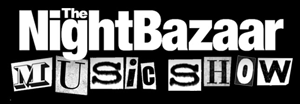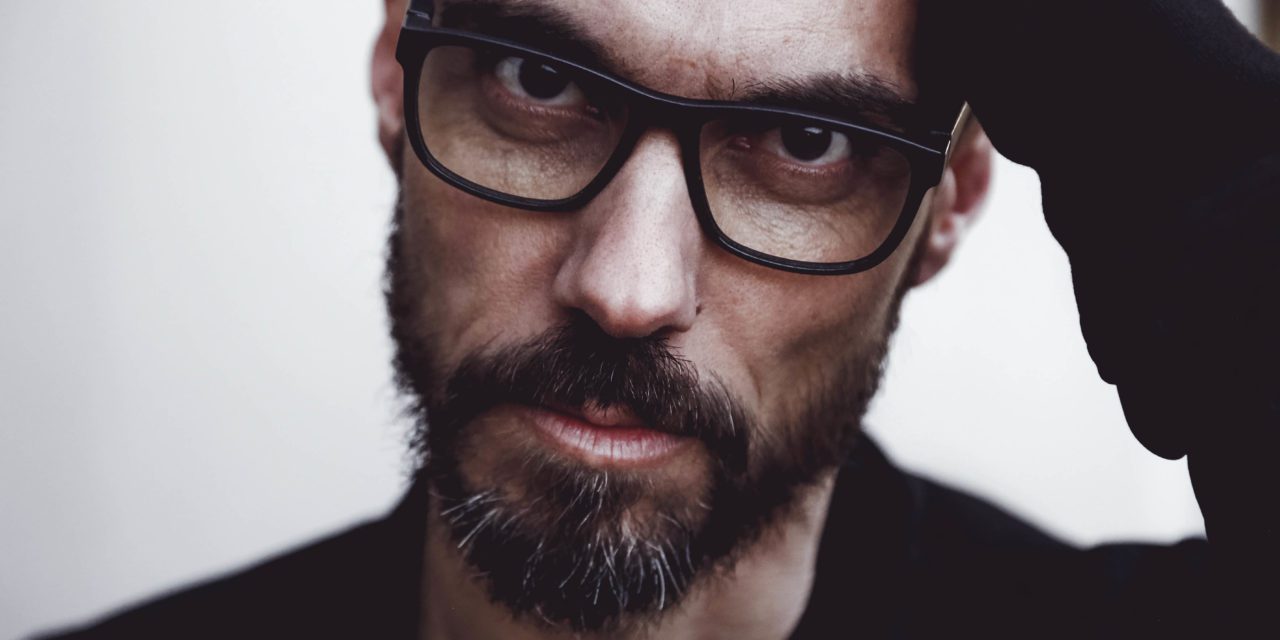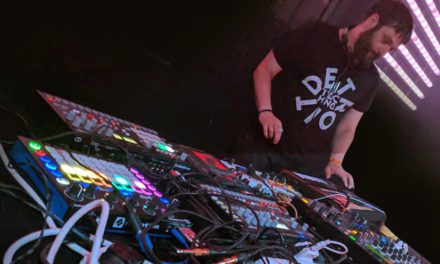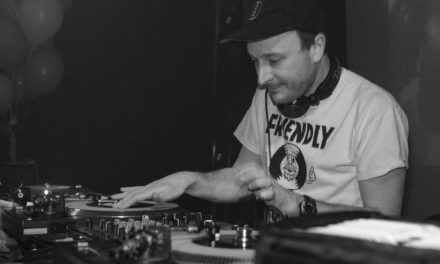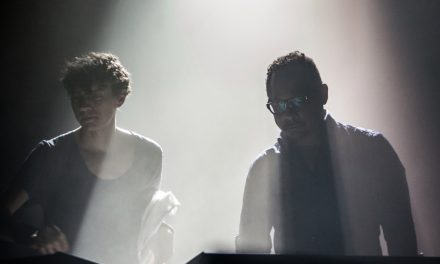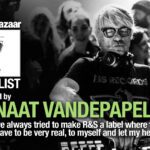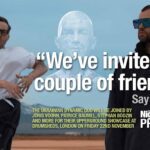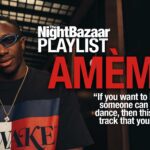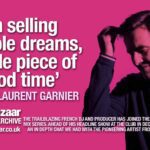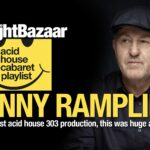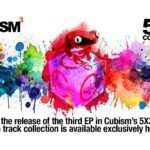STEVE Bug is an artist with such a rich pedigree he surely needs no introduction.
Reading this as an electronic music aficionado you will no doubt already be heavily influenced by his work over the last few decades. His labels Poker Flat, Dessous and Audiomatique have set the standard across all strains of the 4/4 beat and maintained a consistent quality few artists achieve.
Steve collaborated with Max Heesen aka Langenberg late last year on the Chord Cluster 12″ released on Poker Flat. One half of German deep house duo Ribn, Langenberg’s own contribution to the European house and techno scene is also pretty sizeable. The duo return to Poker Flat with a full ten track album ‘Paradise Sold’ on April 6.
We caught up with Steve to find out more.
You collaborative album ‘Paradise Sold’ with Langenberg is forthcoming on your Poker Flat imprint. Can you tell us how the collaboration came about between you both?
Langenberg and I have known each other for many years. We met at a time when he was still living in Essen and collaborating with Manuel Tur as RIBN. We exchanged remixes in 2009 and Langenberg released a few EPs on Dessous afterwards, which culminated in his first solo album in 2016. At the time, I was going through a little creative low in the studio, so I decided to try to work with some other people. Next to my long time buddy Cle I decided to ask Max if he would like to collaborate. He liked the idea, and so we started working together.
Both being accomplished producers in your own right how did the dynamic work in the studio?
Very naturally: I think our preferences in sounds and harmonies complement each other very well. We both like hypnotic grooves that slowly build up to something bigger. We also like to jam around for a while until one comes up with something, that’s worth working on. So it was a no-brainer to continue working together and write a whole album.
You have said that the resulting music on the album is something that neither of you would have come up with individually?
Yes, I think we both added so much value to the tracks, that would have been almost impossible to achieve by one of us alone. Sometimes you collaborate with someone and the result is a 50/50 from each artist. In our case, due to our overlapping preferences, we managed to both have 80% of each of us in most of the tracks, which is very rare in collaborating. And that’s why we will keep on working together. Another big plus is that none of us has an ego too big to step back from a thought or a point made earlier, which is also important when working together on things, trying to get the best result.
What influences did each of you bring to the table with this album?
I can only speak for myself, but it’s definitely a whole history of house sound – and techno of course – a lot of 80’s funk, some synth pop, some early break dance stuff and some late disco. But next to the musical influences I recently re-discovered my love for the mountains. I love being out there, to hike, ski or climb. Climbing – or rather bouldering – is something that I discovered lately and it is another big passion of mine next to music. It helps me to relax, get away from stress and have a good work out at the same time. Also I met a lot of amazing people through this new hobby. I am pretty sure this new calmness is something that I brought into the studio as well.
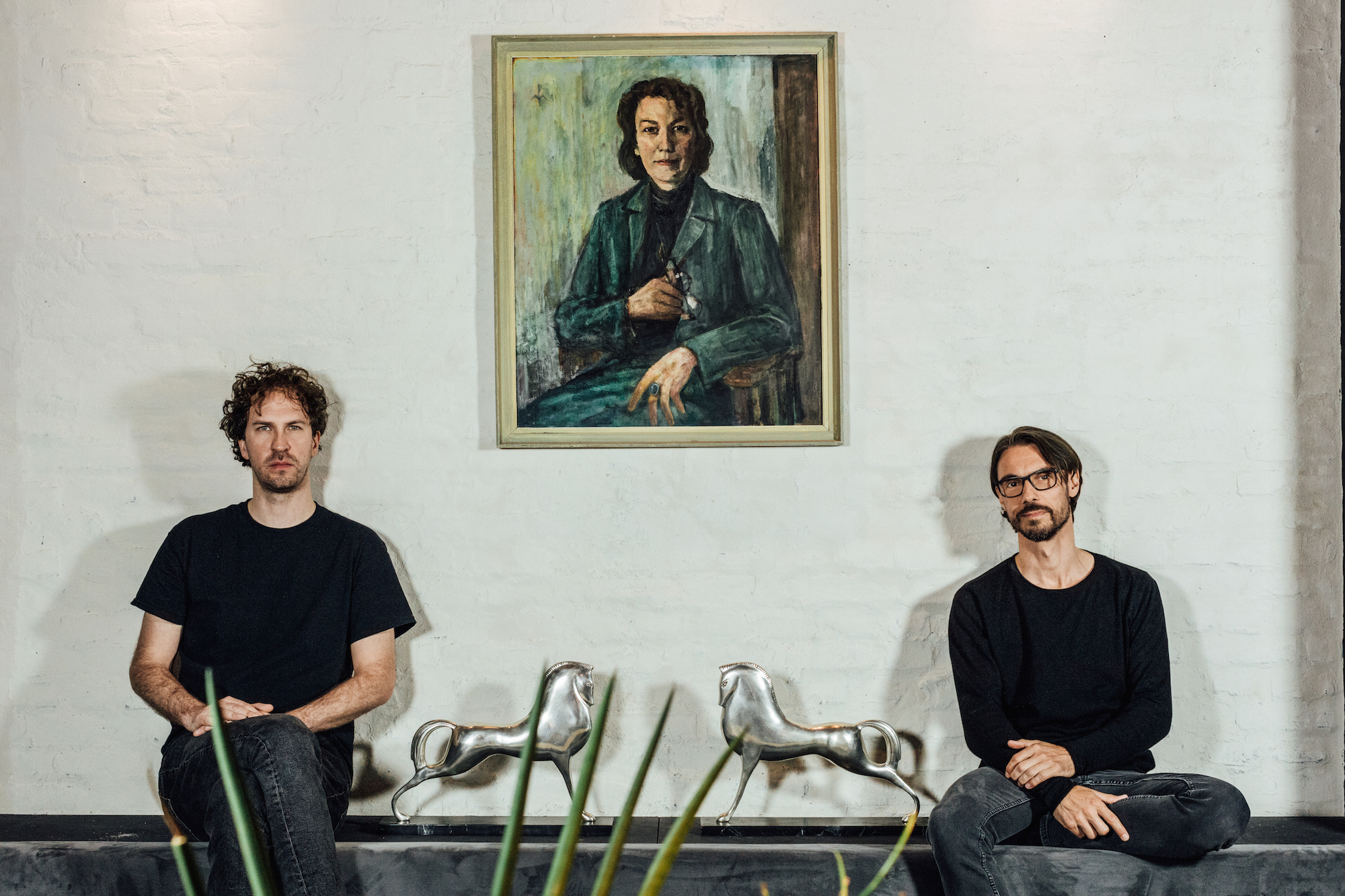
Langenberg and Steve Bug
The album was pretty much exclusively produced using analogue hardware gear. Can you talk us through the equipment that you used?
Yes, we used a lot of analog synths, classics and newer ones, especially the Juno 106 and the Juno 60 are a big part of our sound. They have this particular warmth that you won’t find in a plug in. We also used a lot of Moog or moogish baselines and lead sounds coming out of the Moog Sub 37 or the Studio Electronics SE 1X (a Mini Moog clone). Also the studio Electronics Omega 8 and the Dave Smith Sequential Prophet 6 played a big part in many tracks. But still we did use plug-ins here and there in rare occasions. Only the drums were always sample based.
Can you describe why the analogue sound is so much better than software based synthesis?
It is more alive, although technically it is not necessarily better. When I was visiting the guys at Roland Aira in Japan, we were talking about the fact that most producers want a rather dirty, imperfect sound, instead of a clean, noiseless, perfect one. I think it is the same discussion you can have about digital vs analog in photography or DJing. Analog is technically worse, but all that extra noise adds something living to it, makes it warmer, maybe even more human to our ears and eyes. But maybe we are just used to this imperfection, and in a few years we are going to laugh about us being so stupid raving about analogue being “better” than digital.
You chose NGC 6240 to release as a single with remixes from Tim Engelhardt and Vince Watson. Why that track?
We both felt it was one of the stronger tunes and it is very representative of what the album is for us.
Will this process of working with Langenberg be something that you take back into your own productions as an artist on forthcoming material under your own name?
Well as I mentioned earlier, we won’t stop here. We are going to continue to work together. But in-between working on the album I was writing some tracks, and sometimes I could feel the influences big time, while other times it was rather doing the opposite. Ok, maybe opposite is a bit to far, but doing something that you didn’t put into the collaboration, something that needs to come out elsewhere. It’s good to have a release sometimes!
Great to see house legends Joeski and Doc Martin with a recent release on Poker Flat, the label is sounding as amazing as ever. How carefully do you have to curate the label to keep the quality at such a consistently high level?
Lately I have to say it is rather easy, it seems, that a lot of artist appreciate what we’ve accomplished over the years and the high quality demos are flying in without me doing much. It is harder to do the job at times, when there aren’t many good demos coming in for some reason. I mean as a label you have to rely on what people send to you. You can ask several artists to send you some tracks, but if they don’t feel like doing so, there’s not much you can do. So I think it is important to build up a long-term relationship with artists that you are already working with, instead of looking for the next hip artist to release a one-off single.
I guess you must have so much music sent to you but do you stick mostly with tried and tested artists?
These days that’s the way to go, it is simply impossible to keep up with demos by people you haven’t heard of. Unfortunately too many people send stuff that is far away from suitable, and to find that 0.01% that might be good enough to be released, I would probably need another few lifetimes to even get close to it.
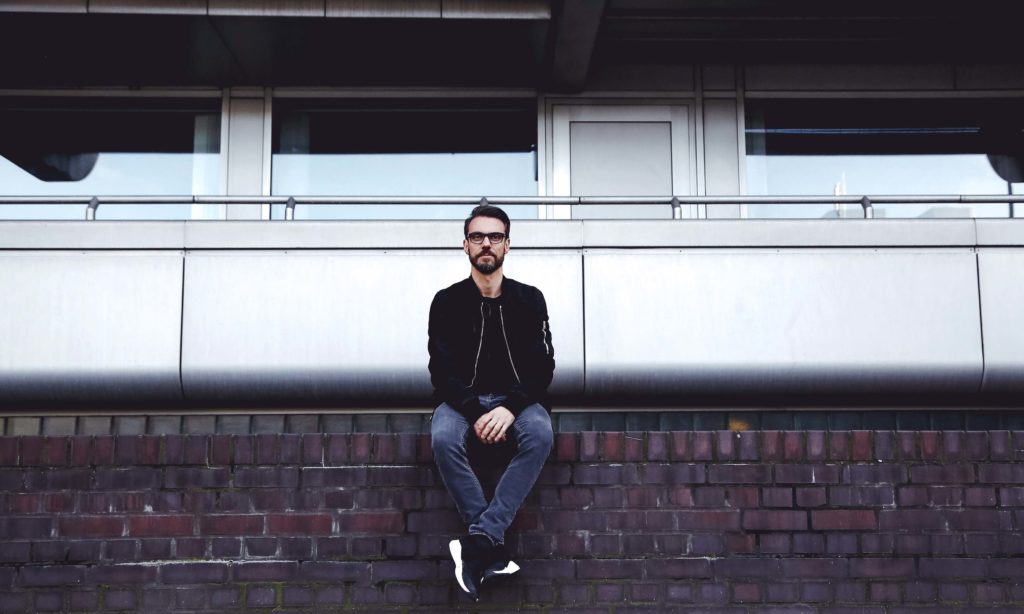

Steve Bug
Apart from the new album what other releases do you have coming up not just on Poker Flat but your other labels Dessous and Audiomatique imprints?
On Poker Flat there will be a release by Tim Engelhard and Bog, after that, there will be a follow up by Stephan Braatz feat. Eric D Clark. Then Michel De Hey is going to have his debut on the label, followed by a new release by Hannes Bieger. There will also be a Steve Bug & Cle single and last but not least a debut Poker Flat single by Josh Butler. On Dessous it is a bit quieter at the moment. After the single by Tom Flynn, there will be a release by Thierry Tomas, while on Audiomatique we’ll have Anturage and Saccao followed by Florian Kruse.
Steve Bug & Langenberg – Paradise Sold is out on April 6. Pre-order the album here.

